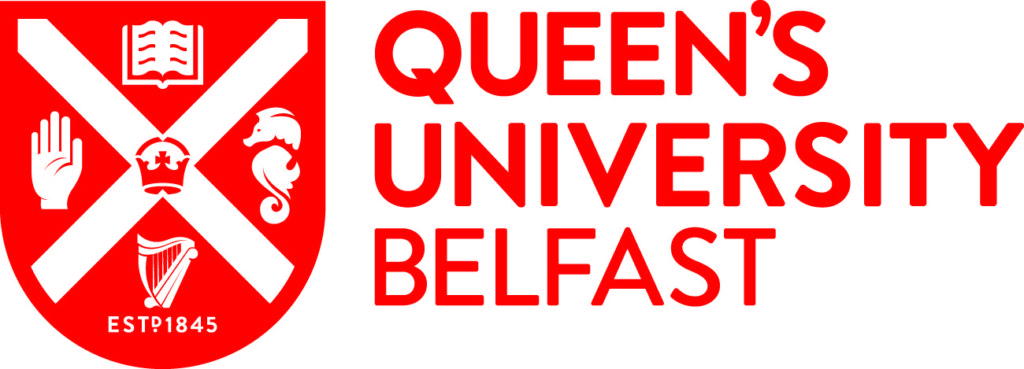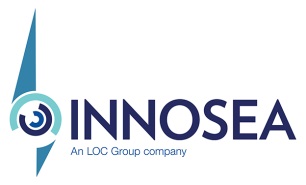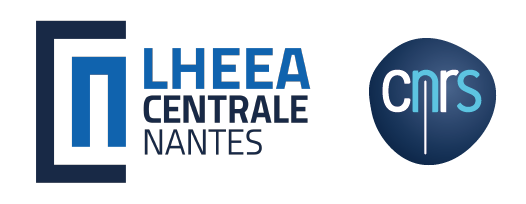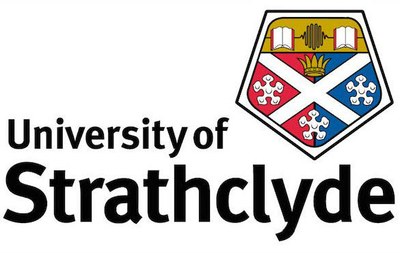WP03 - Numerical Modelling
Work Package 03 - Numerical Modelling
The numerical modelling of the hydrodynamic behaviour will serve for three main purposes within the LiftWEC project:
- Deepen the understanding of the hydrodynamic principle in realistic sea states and provide this as input for the concept development
- Predicting the hydrodynamically induced maximum loads and permanent loading relevant for the design of a reliable device
- Creating a reliable real-time simulation tool as a basis for the development of an efficient control strategy in order to optimize power output
Hydrodynamic simulations will be performed using a Blade Element Momentum Theory method and a Reynolds-Averaged Navier-Stokes (RANS) equations solver based on the finite volume method. The high-fidelity flows simulations shall be used to assess the design and behaviour of the device in relevant sea states. Further simulations will be conducted in order to guide the choice of designs for building the experimental prototypes for WP4, to support the structural design of the device regarding survivability under extreme wave impacts for WP6, to determine scale effects between model and full scale, and to determine the efficiency of the wave energy converter when subjected to realistic, directional wave spectra. These results will be used to validate and improve the description of the control model for the wave-WEC interaction from WP5.
The blade element momentum theory (BEM) based tool, due its significantly faster computation times, will be combined with the control strategy approach to develop a real-time simulation tool including hydrodynamic effects and the steering measures to optimize lift.
This work package will strongly interact with the concept evaluation conducted in WP2, the physical modelling of WP4, the control strategy developed in WP5 and the structural design in WP6.
Work Package Updates
Work Package 03 Update – Project Month 15
Work Package 03 Update – Project Month 15 Recent work on hydrodynamic modelling has focused on assessing the computational capabilities of the numerical toolsets developed during the first phase of the project, followed by preliminary validation of the high-fidelity numerical methods. More detail on these works is presented in Deliverable D3.2 “Preliminary Assessment of Computational Capability”. Results obtained from the first set of validation simulations show excellent agreement with experimental model test data obtained from
Work Package 03 Update – Project Month 06
Work Package 03 Update – Project Month 06 Hydrodynamic modelling will be used to investigate the hydrodynamics of lift-based Wave Energy Converters and to analyse the performance of potential LiftWEC systems. A variety of numerical models will be developed to achieve these goals. These will range from low-fidelity, global models which will employ analytical and semi-analytical methods to investigate long term performance to high-fidelity RANS simulations which will be used to investigate finer details of
Work Package Deliverables
D3.1 Uncoupled Model of LiftWEC for preliminary concept assessment
D3.1 Uncoupled Model of LiftWEC for preliminary concept assessment Download Deliverable D3.1 The objective of this document is to present the architecture of the global
D3.2 Preliminary Assessment of Computational Capability Report
D3.2 Preliminary assessment of computational capability report Download Deliverable D3.2 This deliverable shows a preliminary assessment of the performance of the employed numerical tools for
D3.3 Tool Validation and Extension Report
D3.3 Tool Validation and Extension Report Download Deliverable D3.3 This document presents the results of a validation study of numerical tools used for hydrodynamic modelling





